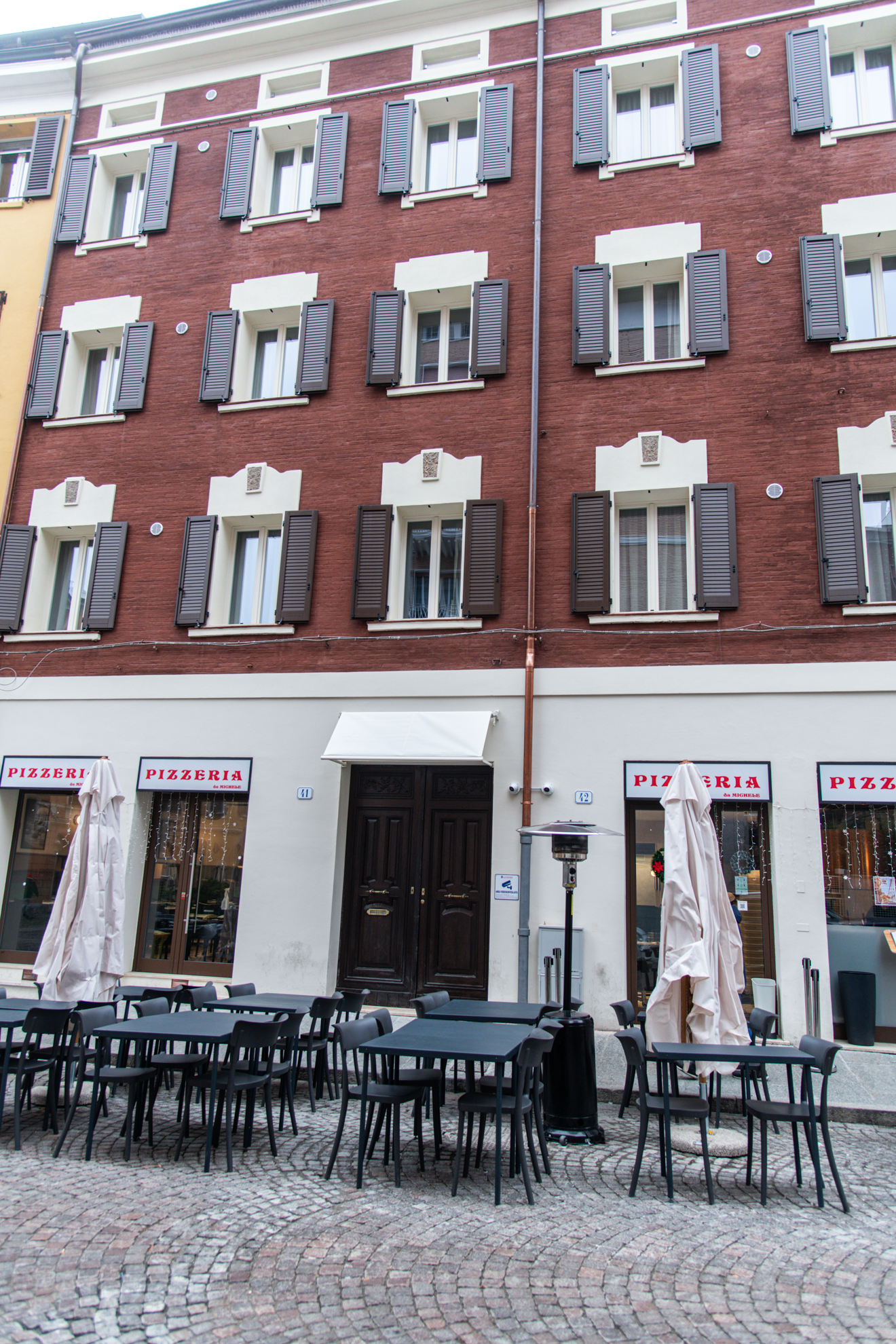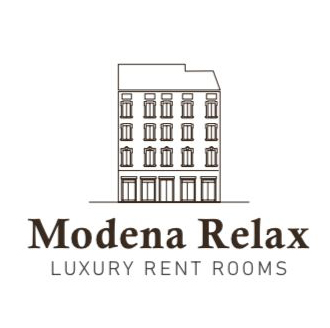Modena Relax
The building belongs to the type of artisan row houses typical of Modena's medieval historic center. Over the years, it underwent a process of aggregation, with the entrance hall positioned axially in relation to the inner courtyard. On either side of the hall, there were originally spaces intended for workshops or services, which were later transformed into shops.
From the first house numbering of Modena in 1786, it appears that the building was owned by the Bronzoni and Wital families, identified with the number I 824.
At the beginning of the 20th century, the building was sold to the Cuoghi family of Modena, who completely renovated it, enhancing the façade with framed window openings.
During World War II, the building was bombed. In 1947, during restoration work, Roman artifacts dating back to the second half of the 4th century were discovered in the basement, now on display at the Civic Archaeological and Ethnological Museum of Modena. Among the recovered items, a small jug of probable Volterran production, dating to the 3rd century BC, was also noted, which could be an indication of a pre-Roman settlement in the area.
In 1947, the Cuoghi brothers requested the reconstruction of a section of the building that had collapsed due to the bombings, as well as the transformation of part of the ground floor into a lobby for the new cinema hall. During this process, the openings on the ground floor were altered, and a canopy was added to cover the entrance of the Odeon Cinema.
After years of abandonment, in 2019, the current owners acquired the building and began a complex and meticulous renovation to restore it to its former glory. During the work, the original features were preserved, enhancing the historic façade, the courtyard, and the terraces. The renovation was completed in 2024.



